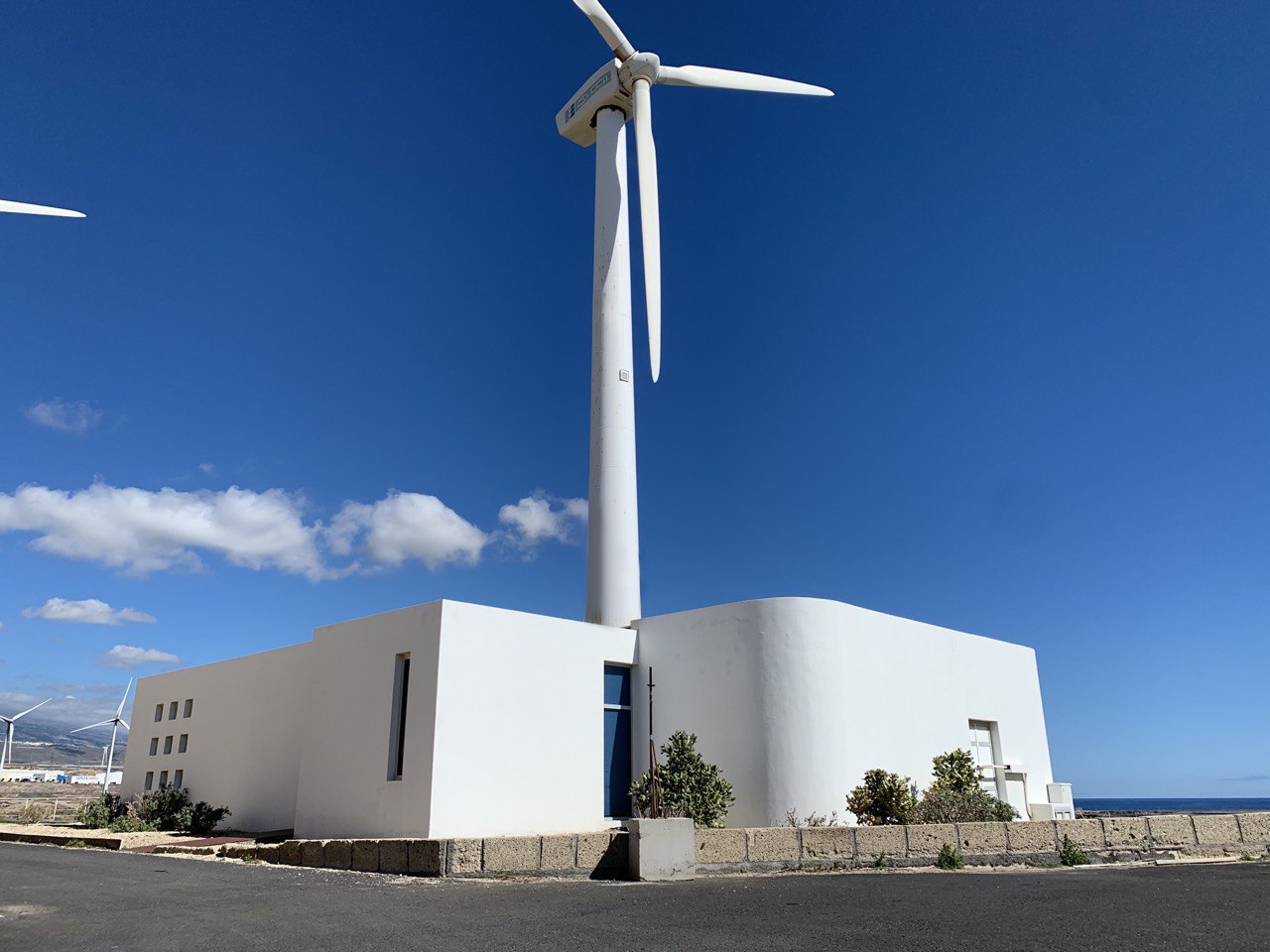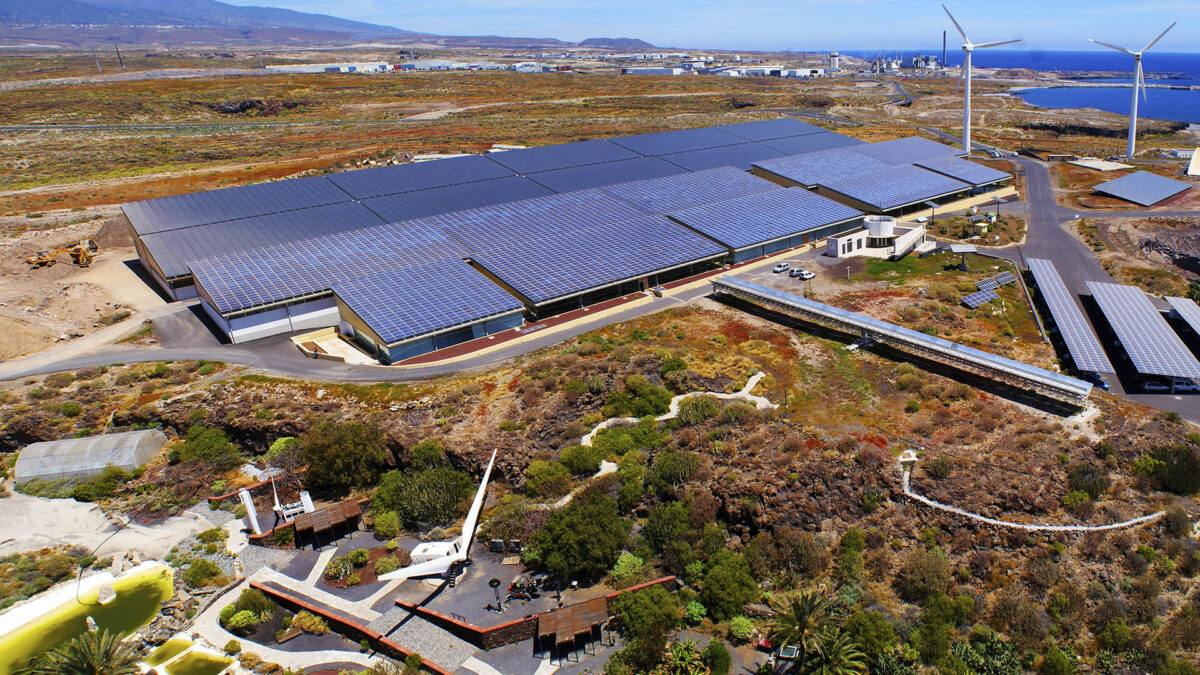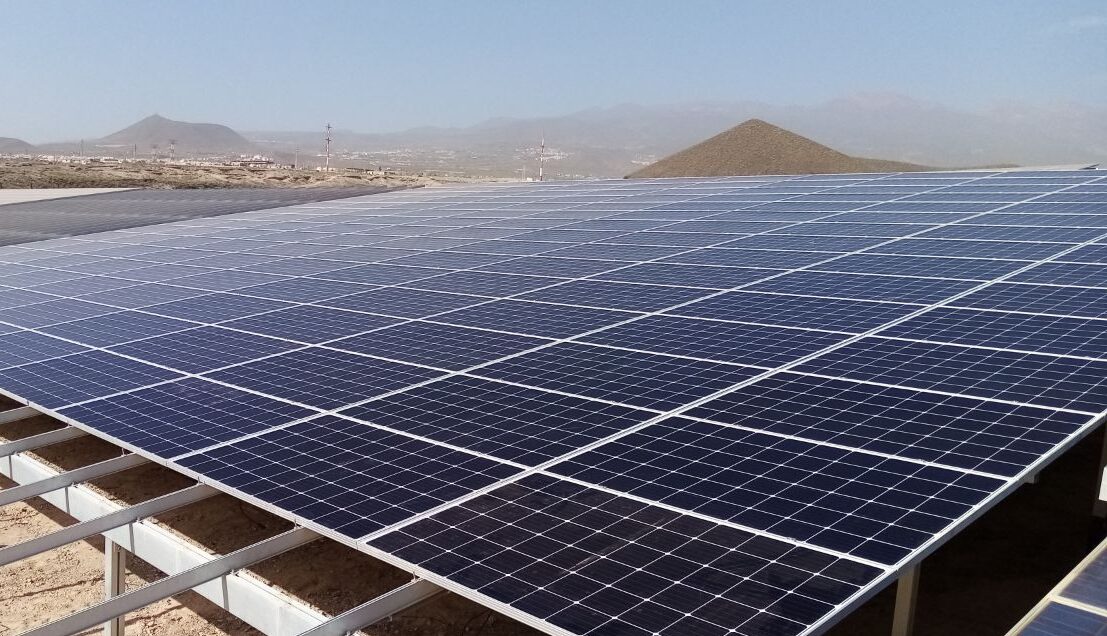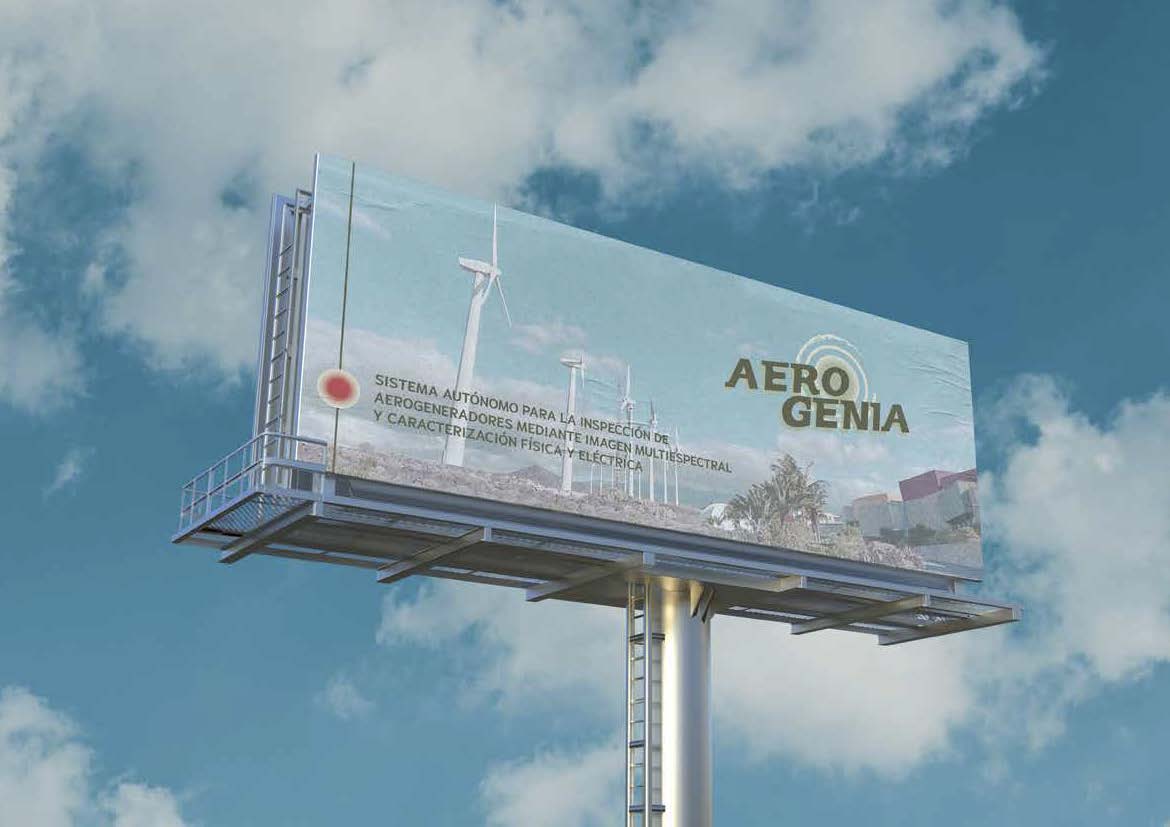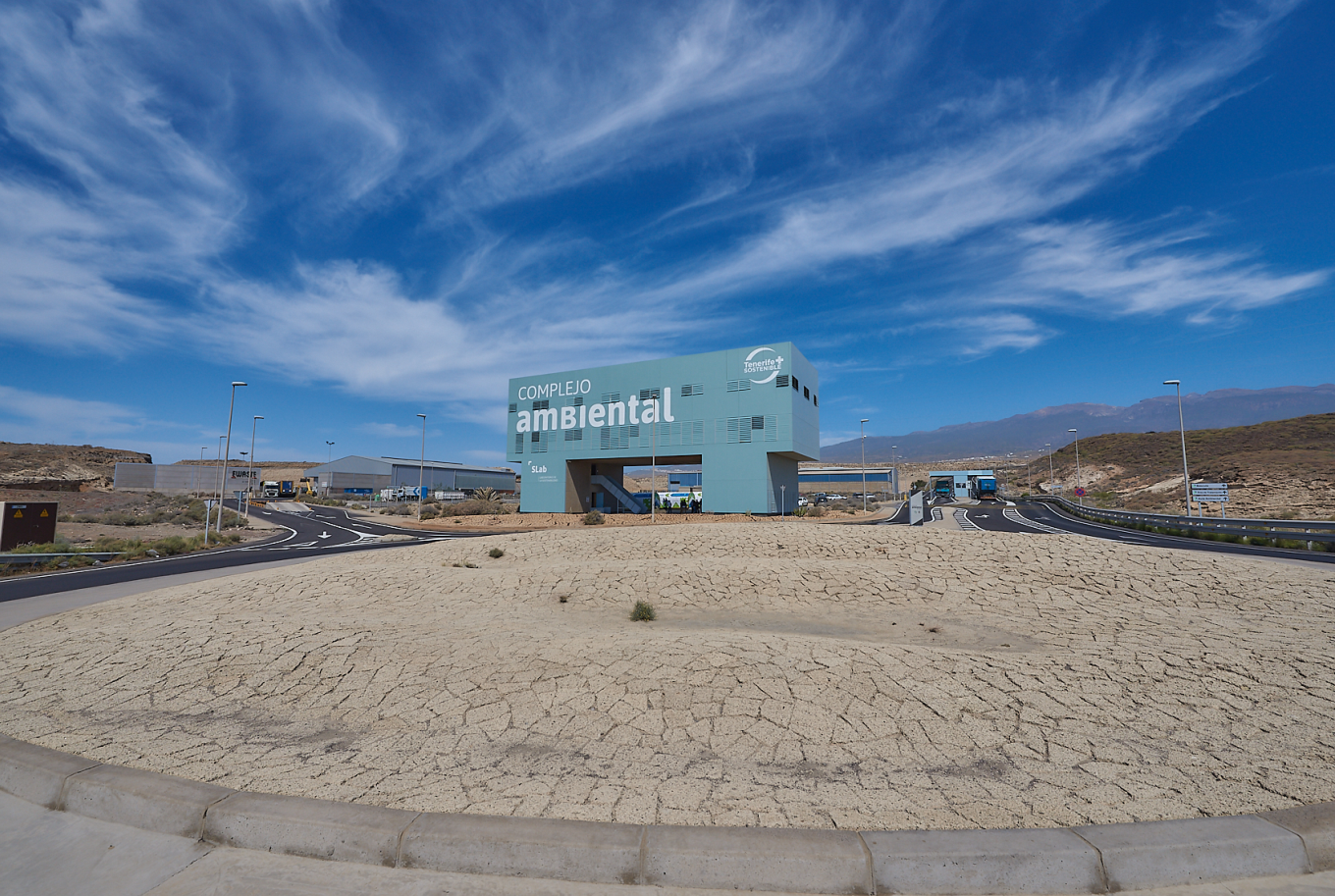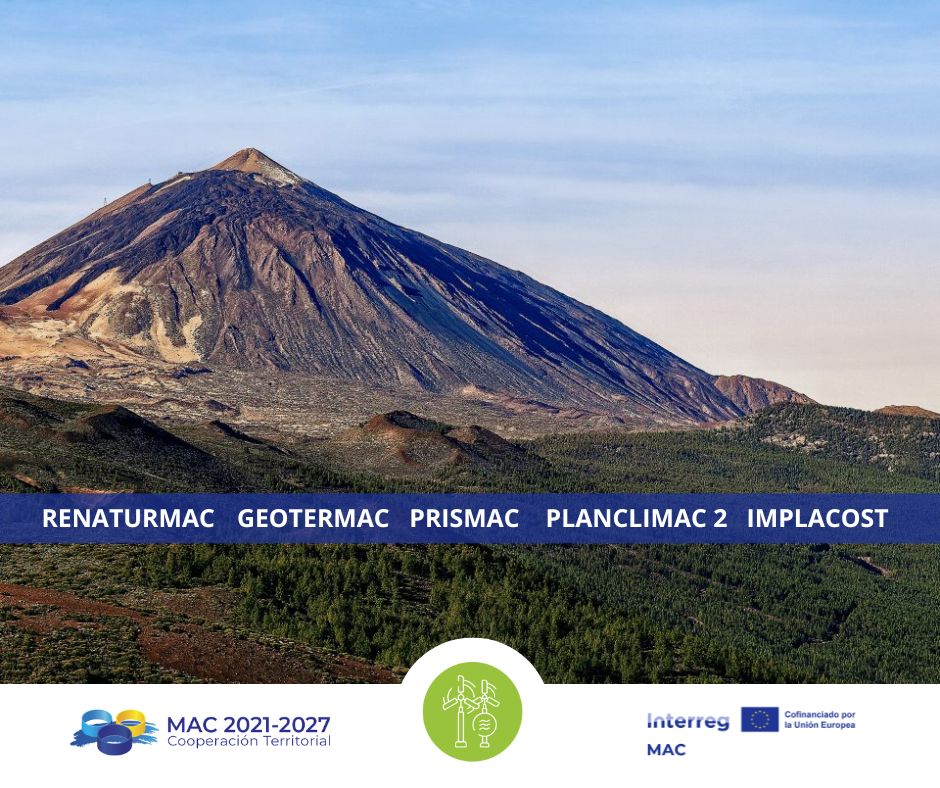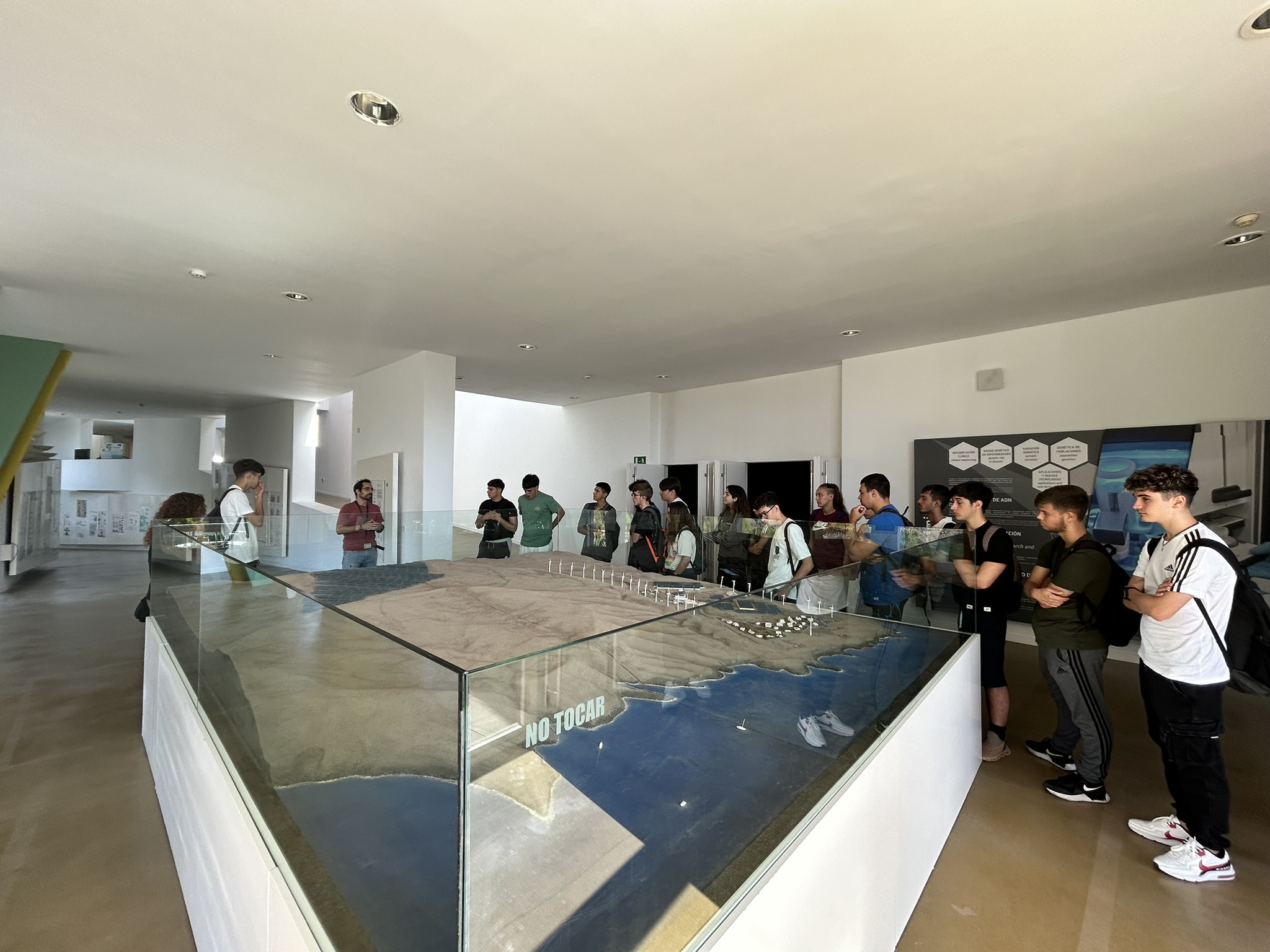BrasilSat: Wind tunnel + Wind tunnel testing
ITER, in collaboration with the company Ingeniería y Proyectos Viento and the Higher Technical School of Aeronautical and Space Engineering of the Polytechnic University of Madrid, have been awarded a contract with the company BrasilSat Harald for the development of a project to install a Wind Tunnel in the city of Curitiba in Brazil, which is part of a macro-project to facilitate internet access throughout the country.
BrasilSat carried out tests in November 2014 in the ITER wind tunnel of the satellite dishes it manufactures, after which it took the final decision to award the contract to the consortium in which ITER is involved.
This project includes both the wind tunnel design project and specific wind tunnel instrumentation. Among the tasks to be carried out, ITER will be responsible for the structural calculation of the tunnel and the drawing up of all project plans, as well as the development of software for data acquisition and processing, for operational control of the tunnel and for the six-component balance. On the other hand, the aerodynamic design of the tunnel, including the power plant, balance design and calibration and wind tunnel calibration tests will be carried out by the other two members of the consortium.
The test chamber will be 2.4 x 2.4 m2 in cross-section and 5 m in length, with a maximum operating speed of 65 m/s. The tunnel will be designed for two main applications: testing parabolic antennas and bluff bodies, and aeronautical testing. Both types of tests have different flow quality requirements, measured in terms of turbulence level and non-uniformity. For parabolic antennas and similar objects, a medium quality will be required, with a turbulence level and non-uniformity of less than 2% and a maximum speed of 60 m/s, while aeronautical tests require a high quality of airflow, with these levels being less than 0.5% and a maximum operating speed of 65 m/s.
For the measurement of the forces acting on the test objects, a 6-component balance will be designed, which follows the isostatic decomposition criterion of the force system. These forces are measured through six bars that work in tension-compression, each of them instrumented with a load cell. This balance will also incorporate mechanisms for varying the angle of attack and side-slip angle of the test object.


